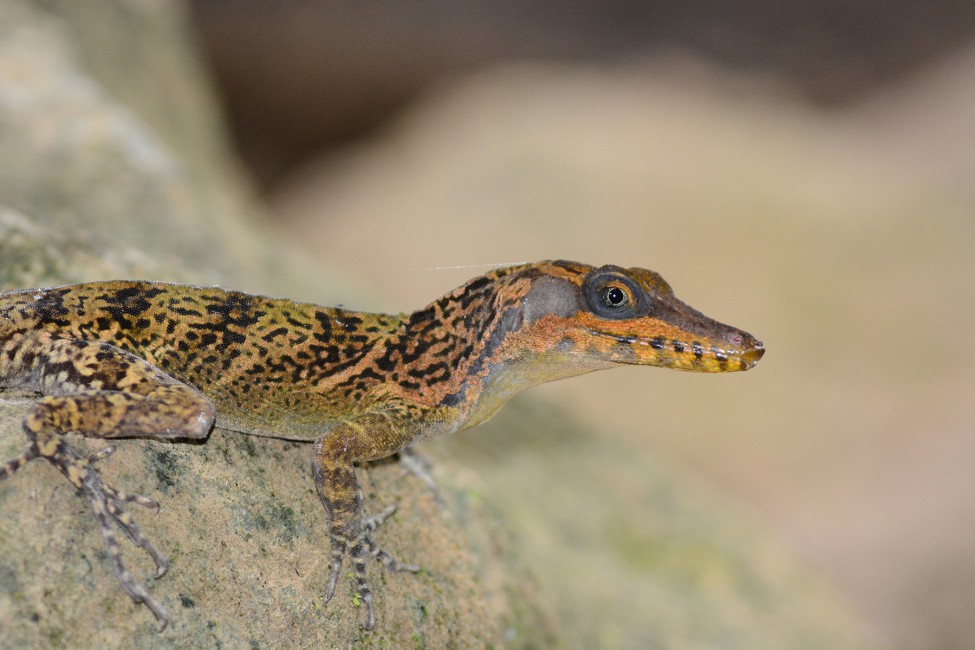
November 27, 2018
In Search of the “Lagarto Caiman”
- as seen by -
 Andrew Kathriner
Andrew Kathriner
As a trained herpetologist, my keen eyes are always on the look out for reptiles and amphibians wherever travel takes me.
A recent expedition took me to to Cuba with Kevin Torregrosa, WCS’s Bronx Zoo Herpetology Collection Manager, and Dr. Natalia Rossi of WCS’s Cuba program. We went there to meet with officials from the national Cuban crocodile breeding facility to discuss ways of improving husbandry parameters and techniques for monitoring reintroduced captive-bred crocodilians.
Cuba is the largest of the Caribbean islands and is considered a land of endemics, in particular its reptile and amphibian biodiversity. While there, I traveled deep into the field. With nearly 80% of its reptile fauna found exclusively on Cuba, I hoped to see as many as I could including the Cuban crocodile, Cuban rock iguana, and the “lagarto caiman”. The elusive crocodile lizard, commonly referred to as the “lagarto caiman”, is not related to crocodilians as its name suggests, but more closely to the anole species seen in the Florida sunshine.
This aquatic lizard, Anolis ventrimaculatus, can be found basking along branches and rocks next to streams. When threatened, it will immediately jump into the water to seek refuge. I spent three days visiting two different places in search of this exquisite anole species. I only spotted two individuals. The first one was preparing to shed. Then, I found the second (above) at the base of a waterfall in the village of Soroa known for its beautiful cascades and orchid garden.
Nikon D3100
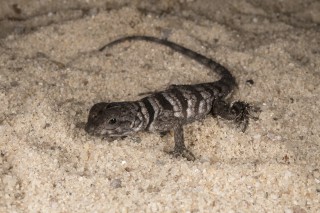
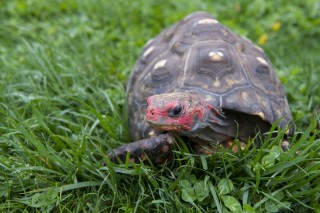
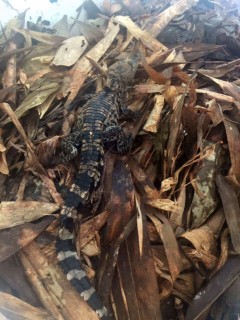
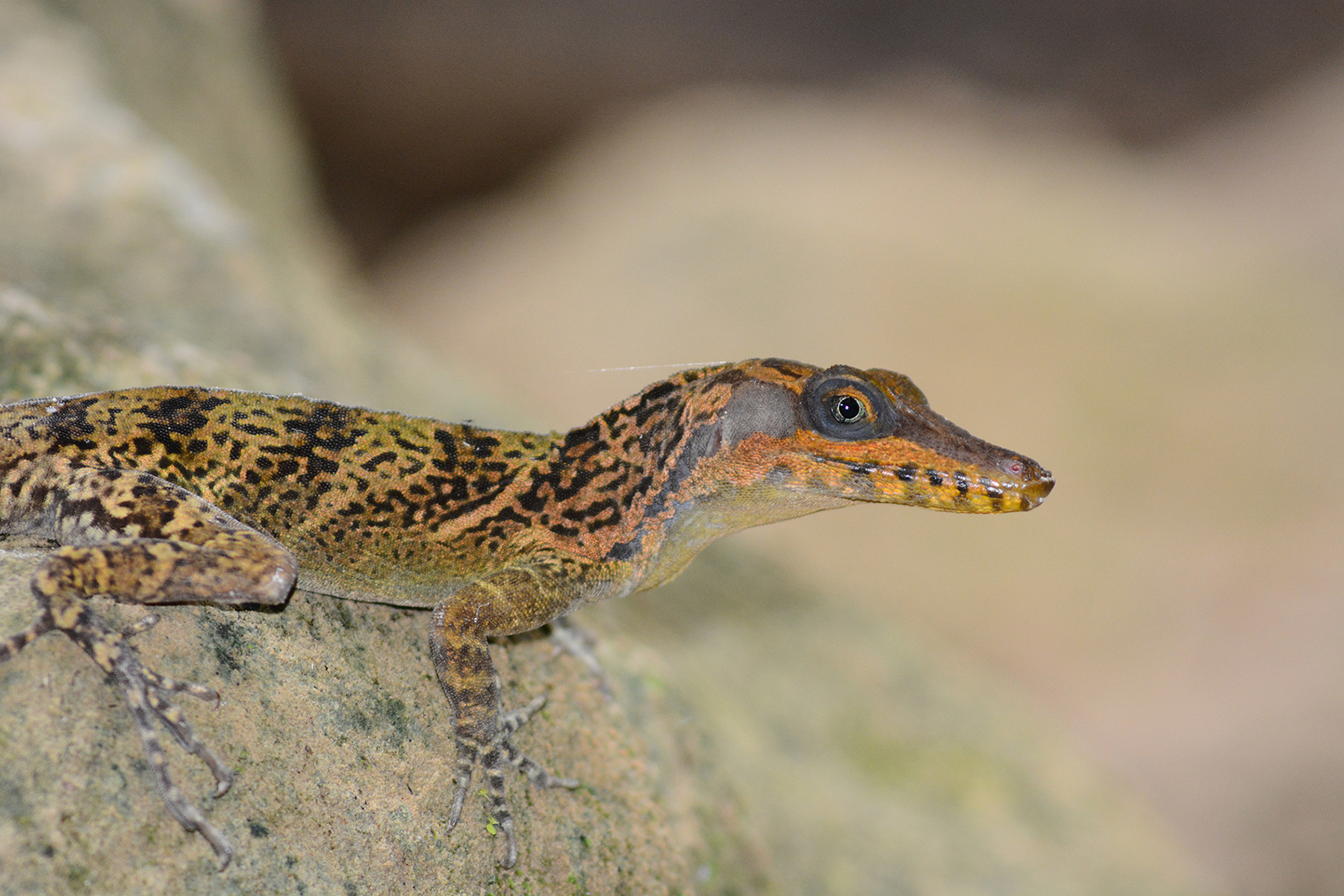
Leave a Comment